October 29, 2025
Data Shows Endangered Palau Ground Doves Swiftly Recovering After Successful Palauan Island Conservation Effort
Astounding evidence of recovery on Ulong Island in Palau after just one year!
Published on
November 28, 2018
Written by
katiedolan
Photo credit
katiedolan

Reviewed by Katie Dolan
In a calm, science-based tone, this book explores the contentious issues surrounding free-range cats. Authored by avian conservation researcher Peter Marra and free-lance writer Chris Santella, it offers ways to deal with cats, “the animals that people have domesticated and enjoyed as beloved companions for thousands of years, but that when allowed to become feral or to freely range are capable of tearing away at the tapestry of life that has evolved since time immemorial?”
Their saga begins with the sad tale of New Zealand’s Stephens Island Wren, one of the few flightless songbirds. The small birds were olive on the back, pale on the breast, and sported a scalloped fringe of feathers. David Lyall, the Island’s lighthouse keeper, was a bird watcher who charted the demise of the small songbird. His pregnant cat, Tibbles, came ashore in 1894. Within a few short years of living on the same island with Tibble’s progeny and other cats, all the small olive birds were gone.
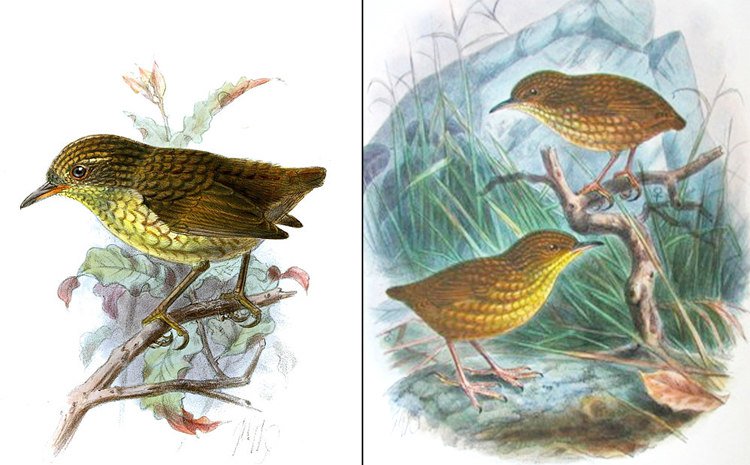
Similar stories have unfolded around the world, as domesticated cats became invasive predators when introduced to previously cat-less habitats. In the 1300s, all English ships were required to have a cat onboard for pest control; domestic cats reached the New World by the time of Columbus’ second voyage. Cats have been introduced to an estimated 10,000 (5 percent) of Earth’s islands. Felix Medina’s meta-analysis of the feline impact on island biodiversity concluded cats have caused a population decline, reduction in geographic distribution, or extinctions of 175 species of reptiles, birds, and mammals.
To prevent future extinctions, cats must be removed from the Earth’s most ecologically sensitive areas. The authors pay tribute to Island Conservation’s work with partners on San Nicholas Island off the coast of southern California where 60 cats were trapped and removed, then relocated to a sanctuary. This effort helped protect endangered seabirds, the San Nicolas Island Night Lizard, the San Nicolas Channel Island Fox, and a rare deer mouse species.
On mainland continents, many of the cat fights have focused on methodologies for calculating bird mortality attributable to felines. In 1989, respected ecologist, Stanley Temple, published an article about wildlife losses attributable to free-ranging cats in Wisconsin. Temple and his colleagues estimated there were 1.4 to 2 million free-ranging cats in the Cheese state, with an average of 9 cats for each livestock farm or 10-14 cats per square kilometer. The number of kills per feline was estimated by radio-collaring cats, studying feces, and applying harmless emetics to cause live-captured cats to regurgitate recently consumed prey. The study determined that each cat kills at least 5.6 birds each year, leading to a minimum estimate of 7.8 million birds lost annually in Wisconsin. Other studies have used ‘kitty cams’ to ascertain the proportion of cat kills to prey-returns by outdoor cats. These studies collectively suggest that cats kill at least 1 billion birds per year across the United States.
Disease is another important aspect of the controversy surrounding free-ranging and feral cats. The felines carry plague, rabies, and cat-scratch fever. Cats are the primary host for Toxoplasma gondii, a common parasite. Toxoplasma cysts settle in the areas of the brain which control mood, sexual attraction, and instinct: indeed, the parasite causes rats to be sexually attracted to cats, in a ‘Fatal Attraction’ fashion. An estimated 30 to 50 percent of humans are infected with the parasite due to ingestion of undercooked meats or contact with cat feces. Latent toxoplasmosis is associated with a wide range of human mental illnesses: a recent European study found infected women were twice as likely to commit suicide. The parasite also kills wildlife, including monk seals and sea otters.
So, how do we manage these cat populations? Options include TNP (Trap, neuter, release) programs, policies requiring 24-hour containment of owned cats or night cat curfews, creation of cat sanctuaries, and culling by trapping, shooting, or poisoning. One humane poison (appropriately named Curiosity) inhibits breathing and is much like falling asleep. The morality of killing members of one species to protect another species is an important, but complicated, policy issue.
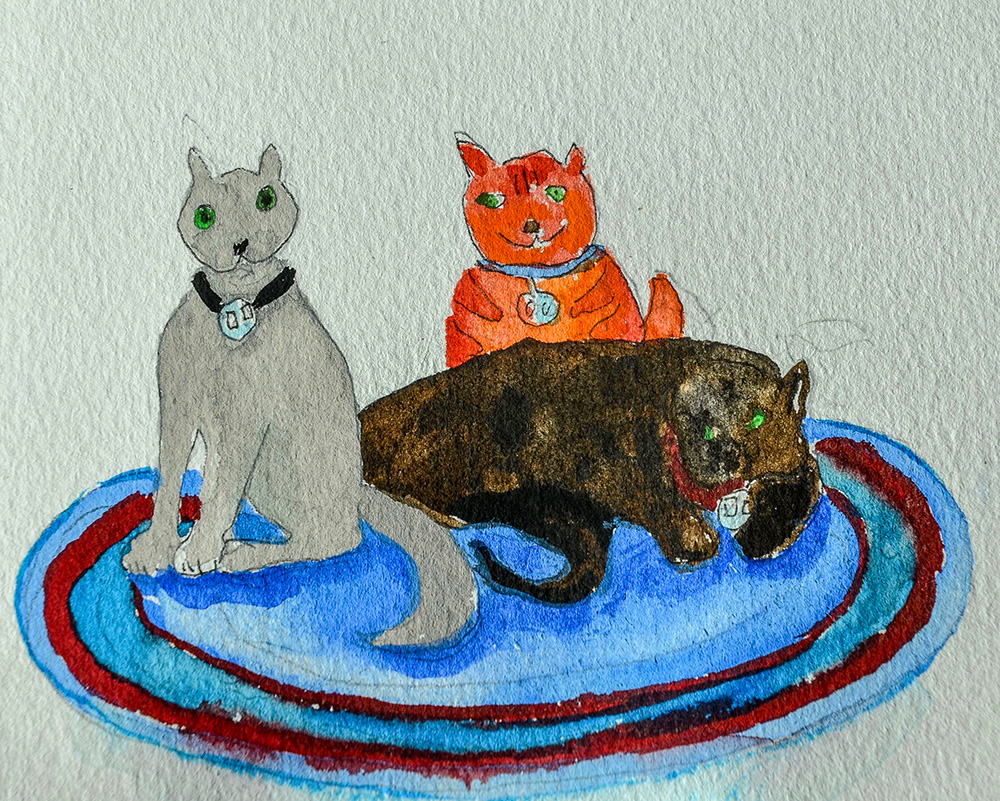
Resolution of the debate must start with education. The American Bird Conservancy’s Cats Indoors campaign highlights the multiple risks from letting pets roam, including contracting diseases, being hit by an automobile, or eaten by other predators. The message is simple: Please keep cats indoors: it is better for cats, better for birds, better for people. As the authors conclude:
By and large, the general public is blissfully unaware of the issue of free-ranging cats… Inside, cats make excellent pets; loose on the landscape – by no fault of their own – unrelenting killers and cauldrons of disease.”
I grew up in a family of conservationists, but we never considered whether Tristan, my mother’s spoiled Persian cat, pampered by regular beef kidney meals, wreaked havoc amongst the birds and other wildlife in the park adjacent to our home. This excellent book helped me, as it will help other readers, understand the more destructive aspects of our cuddly cats.
Featured photo: An illustration of the Stephen’s Island Wren. Credit: Virginia Greene/All About Birds
Check out other journal entries we think you might be interested in.

October 29, 2025
Astounding evidence of recovery on Ulong Island in Palau after just one year!
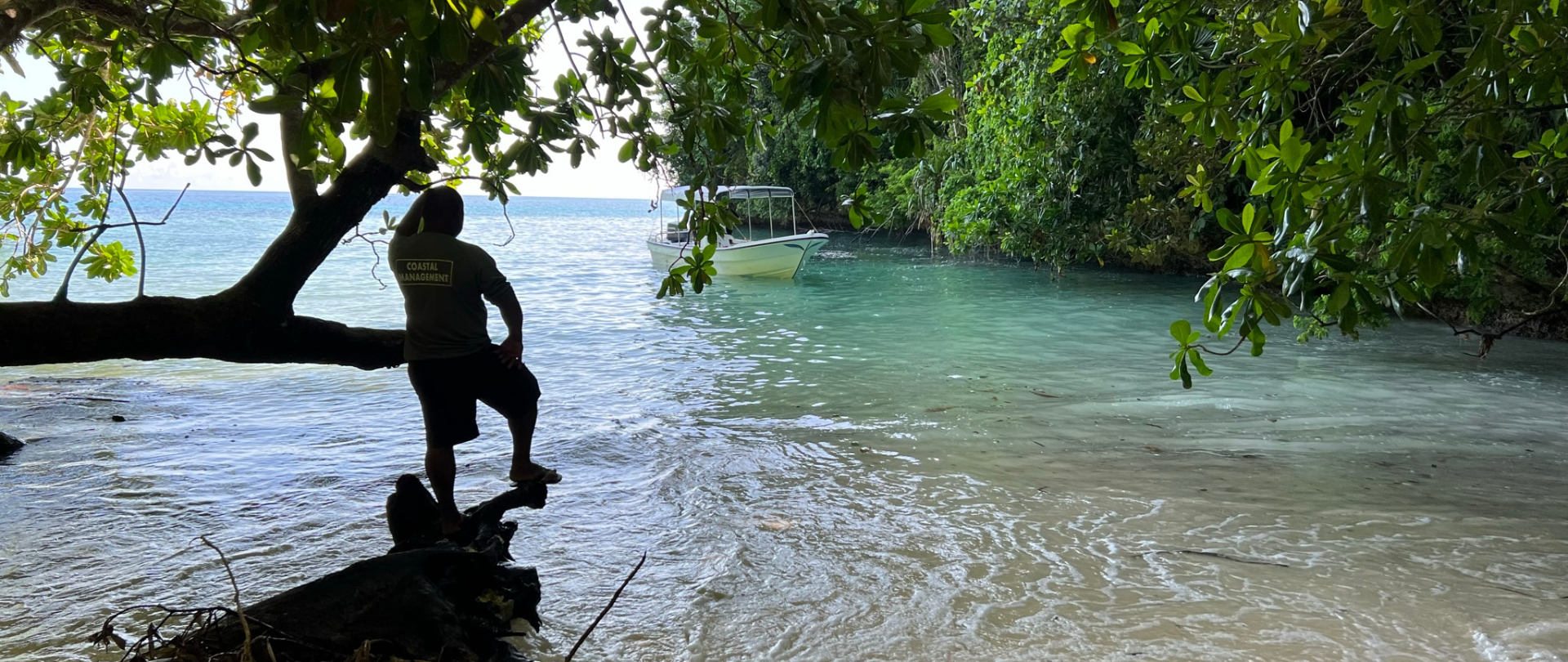
May 19, 2025
Read our position paper on The 3rd United Nations Ocean Conference (UNOC 3) to see why we're attending and what we aim to accomplish!

December 4, 2024
Ann Singeo, founder of our partner organization the Ebiil Society, shares her vision for a thriving Palau and a flourishing world of indigenous science!
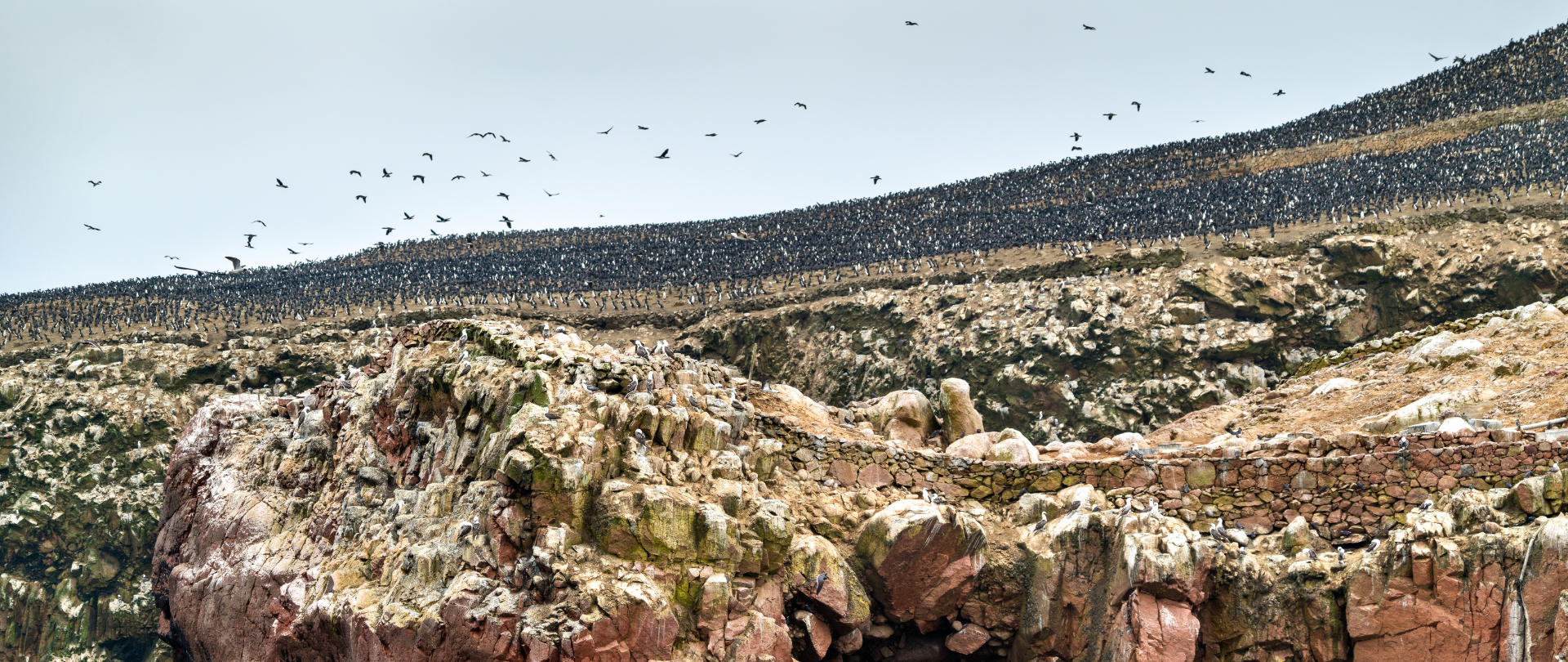
November 22, 2024
This historic agreement aims to protect the marine and coastal areas of the Southeast Pacific.
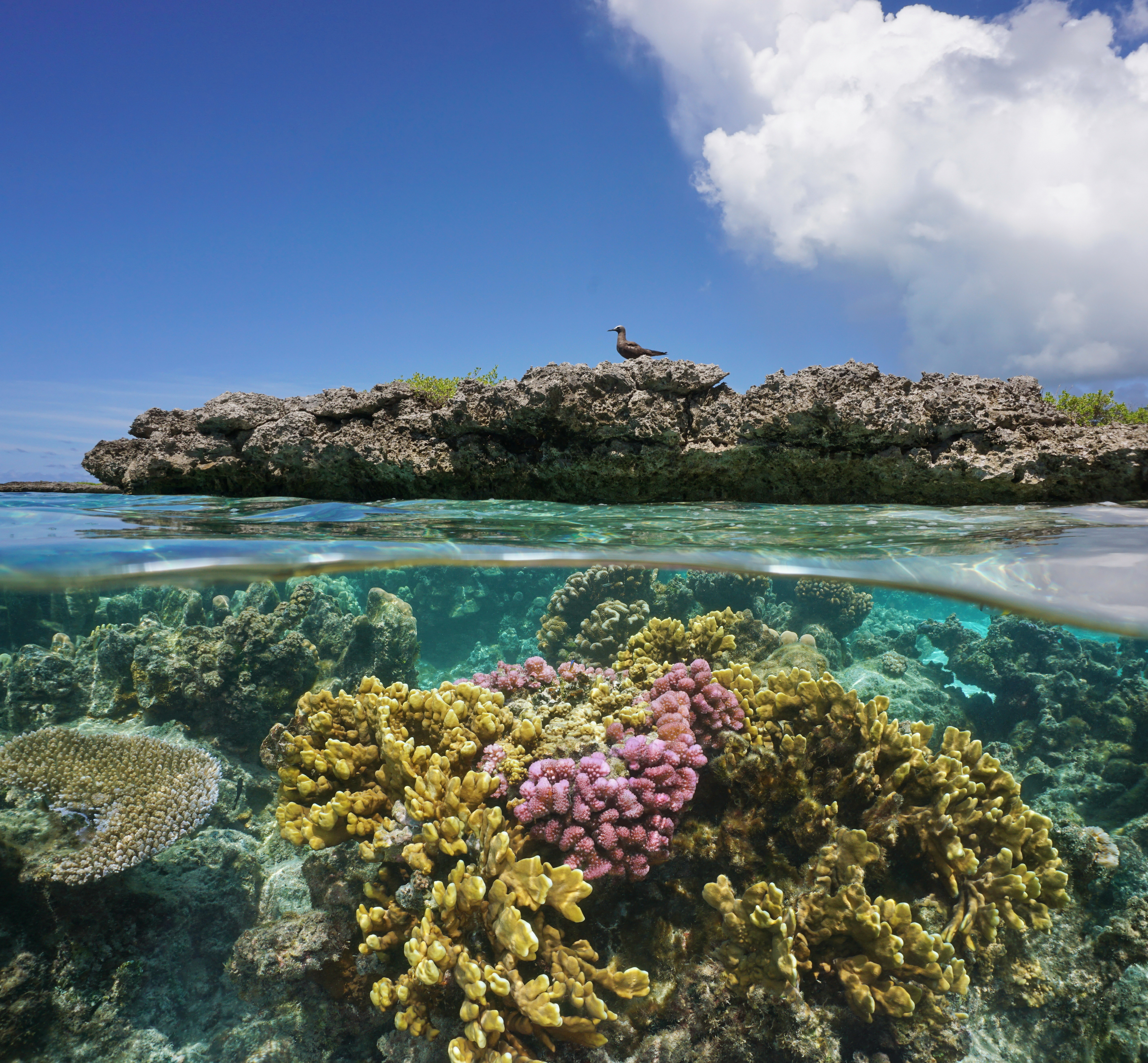
November 18, 2024
Our projects to restore key islets in Nukufetau Atoll forecast climate resilience and community benefits in Tuvalu!
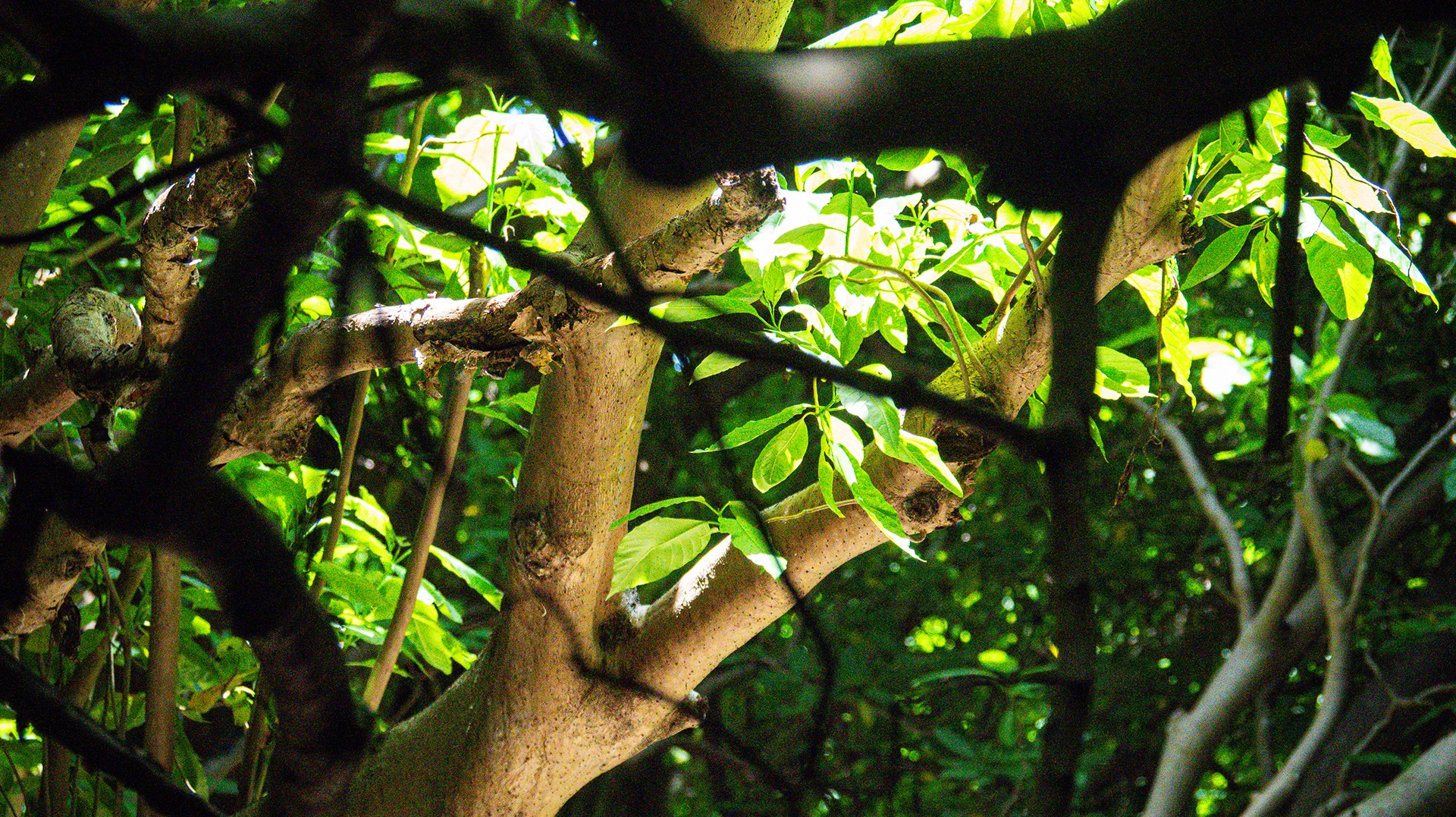
October 3, 2024
Island Conservation and partners have published a new paper quantifying ecosystem resilience on restored islands!
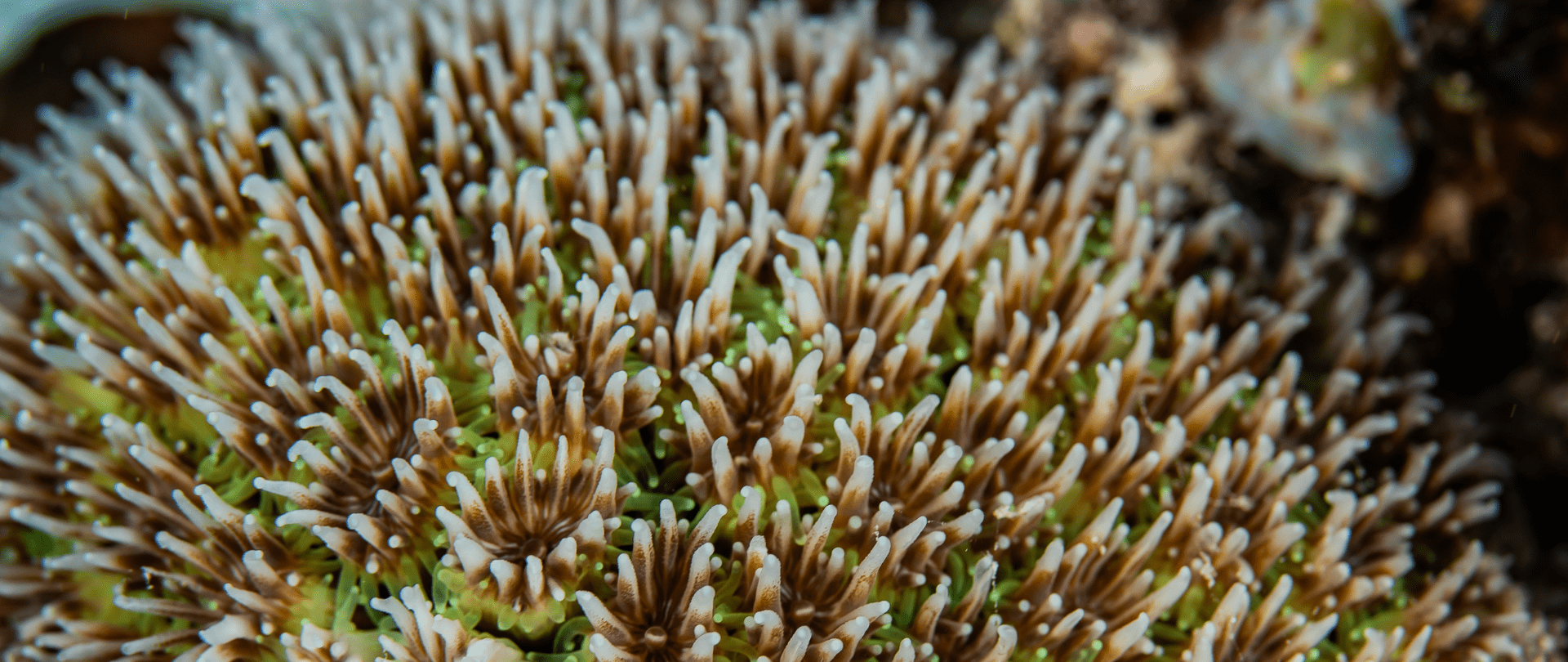
September 10, 2024
Climate Week NYC: what is it and why is it important? Read on to find out why Island Conservation is attending this amazing event!

September 5, 2024
With sea levels on the rise, how are the coastlines of islands transforming? Read on to find out how dynamic islands really are!

December 14, 2023
Join us in celebrating the most amazing sights from around the world by checking out these fantastic conservation photos!
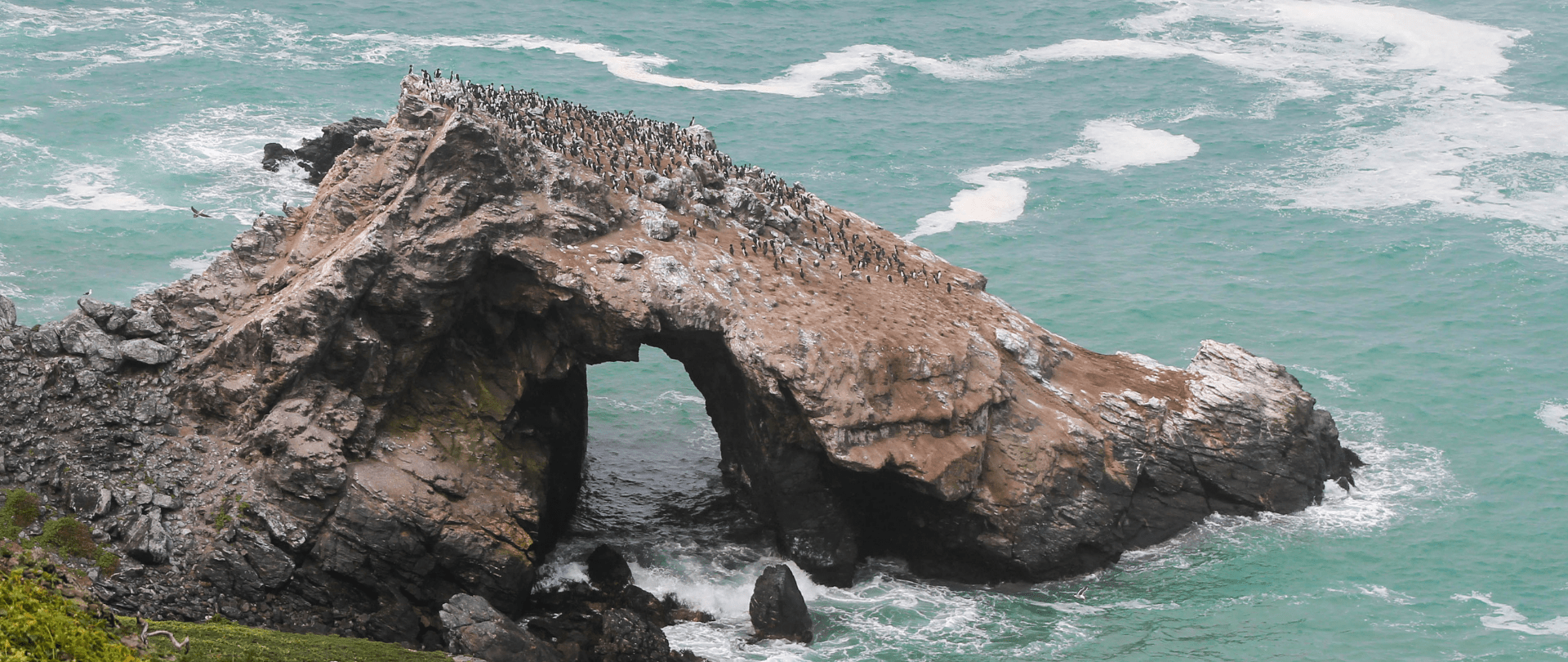
November 28, 2023
Rare will support the effort to restore island-ocean ecosystems by engaging the Coastal 500 network of local leaders in safeguarding biodiversity (Arlington, VA, USA) Today, international conservation organization Rare announced it has joined the Island-Ocean Connection Challenge (IOCC), a global effort to…